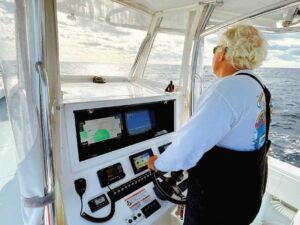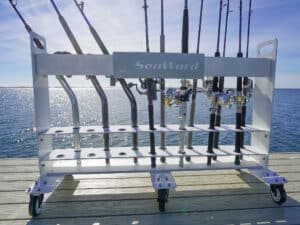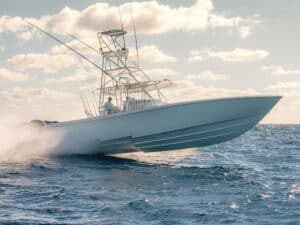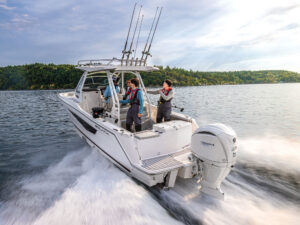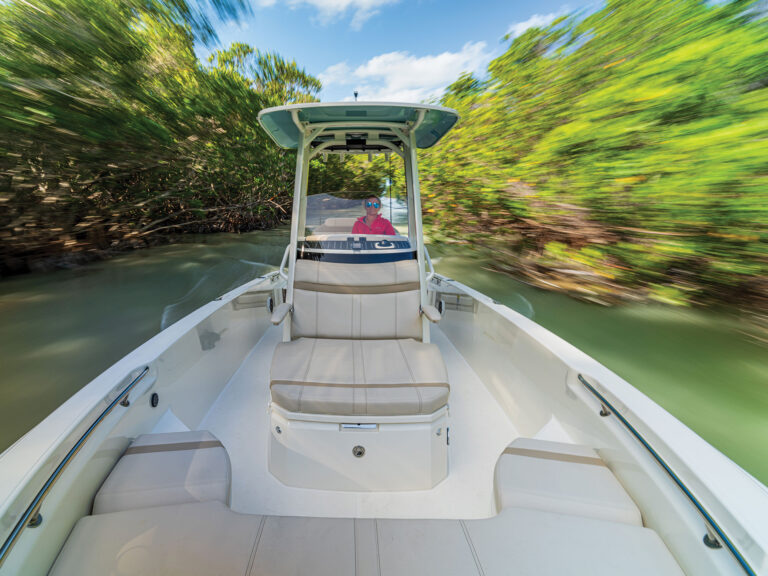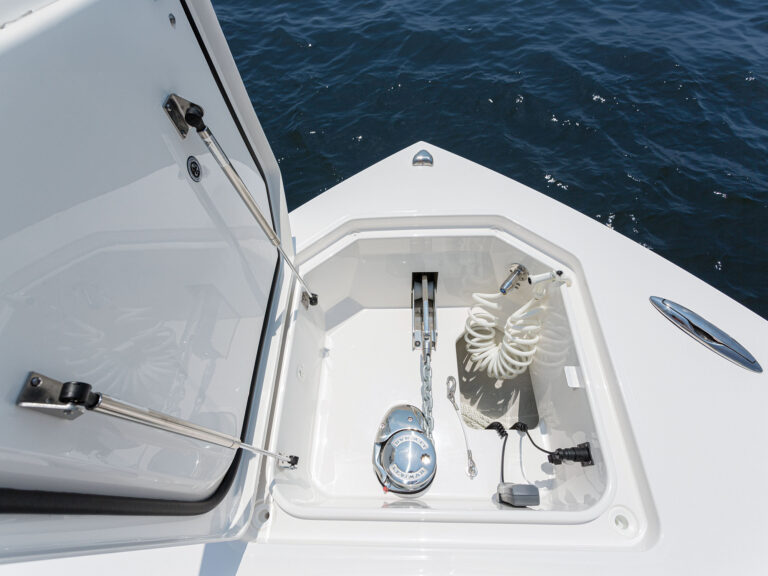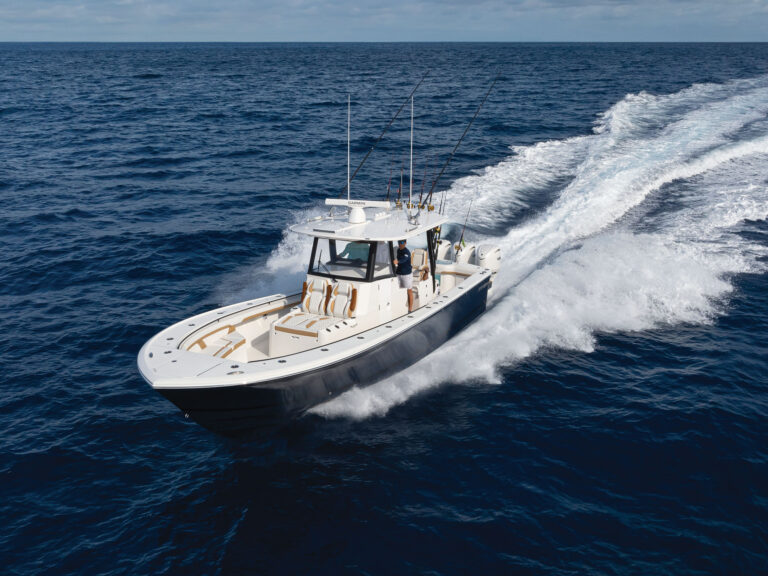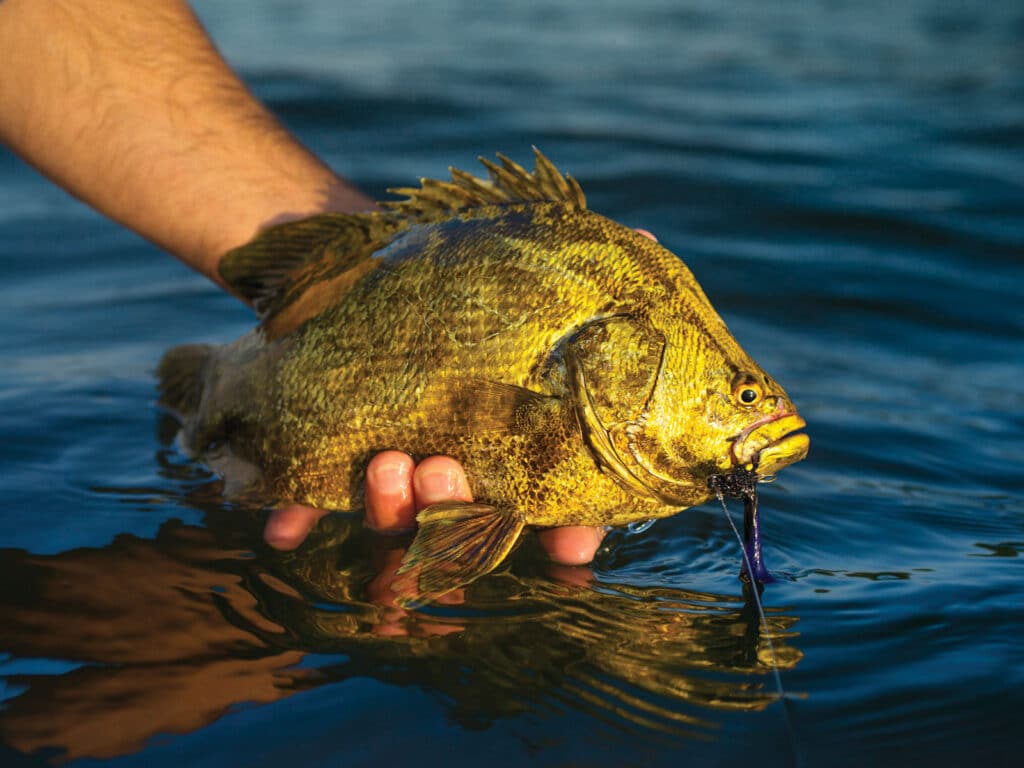
Anglers across the country are anxiously awaiting spring migrations. In search of the bounty, we traveled to the four corners of the nation seeking out early season action. Here’s the inside track on where and when to start the season.
Sight-Fish Georgia Tripletail
Capt. Tim Cutting of Coastal Georgia Inshore Charters on St. Simons Island looks forward to the arrival of tripletail in May. “The magic water temperature is 68 to 70 degrees,” he says. A cloudless sky and windless day make sight-fishing easier. Cutting adds, “A pretty tide between the moons brings in clean water.” The captain drives his boat along the beach from St. Marys to Savannah searching for tripletail swimming on the surface. When he spots a fish, he casts a small shrimp imitation or paddletail and works it quickly past the lazing tripletail. Cutting says tripletail are aggressive and respond to small baits, making the fish a perfect target for fly anglers. “I use a slow-sinking Clouser or Deceiver with floating line,” he says. To get the fish’s attention, he gives the streamer a quick twitch and then pauses to let it sink. Tripletail hit hard and fight to the end, “and they make great table fare,” Cutting says.
South Florida Sails
February is the height of the sailfish migration along southeast Florida, and Capt. Eric McDonald from Deep Blue Fishing Charters says, “The weather is rough, but if I hit it right I find schools of sails moving through the area.” Off Jupiter, Florida, McDonald favors an offshore wind to drift live baits across the reef. “I start on the inside of the reef and let the wind push the boat east as deep as 300 feet,” he explains. McDonald drags a sea anchor to position his boat side-to the wind. Then he fishes three live baits from a kite on the downwind side and a flatline and downrigger on the upwind side. “I use a wire stinger rig on the flatline and downrigger in case I run into a wahoo,” he adds. For his kite baits, McDonald prefers to hook a goggle eye or blue runner through the shoulder. McDonald says sailfishing is best in February and March before waves of wahoo and king mackerel move into the area.
Mississippi Marsh Trout
Capt. Sonny Schindler from Mississippi’s Shore Thing Fishing Charters catches seatrout year-round, but he loves spring most. “In early spring, the fish are emerging from deep water and the shrimp return to the marsh,” he says. Schindler expects to find big speckled trout hunting the shallows. The season depends on freshwater runoff from three rivers flowing into Bay St. Louis. A dry spring is good for trout fishing, luring migrating fish deeper into the marsh. Decades of experience has taught Schindler to fish the week before the full and new moons for maximum tidal current. To find fish, Schindler looks for troughs, oyster beds, wrecks or reefs holding baitfish. Then he rigs a Boat Monkey popping cork and dangles a live shrimp on a kahle hook. “If the current is running, I add a split shot a few inches above the hook,” he says. Early in the morning, when he finds bait holed up in a bay or bayou, Schindler uses a Skitter Walk topwater lure. Later in the season, as more fish move in to spawn, Schindler casts small Vudu Shrimp and Marker 54 Matrix Shad. “Tip the lures with Fishbites,” he recommends. Schindler’s forecast: “I’m a glass-half-full guy, so I think this year will be one for the record books.”
Live Baiting Big Lingcod
Capt. John Blanchard of Sharky’s Charters out of Charleston, Oregon, knows how to find and catch trophy lingcod in February. “After the winter spawn, big ling accumulate on the reef,” he says. To catch them, Blanchard uses live rockfish. “We catch yellowtail rockfish with shrimp flies and then keep them alive in a baitwell,” he says. With the livewell stocked, Blanchard runs to the ling cod grounds and settles in an area where current carries the boat across a sea mount. “I use the trolling motor to hover over a shelf,” he says. Anglers drop the live bait on a single-hook bottom rig. Blanchard points out, “Lingcod segregate themselves by size. The smaller fish stay inshore so they don’t get eaten by the bigger ling.”

